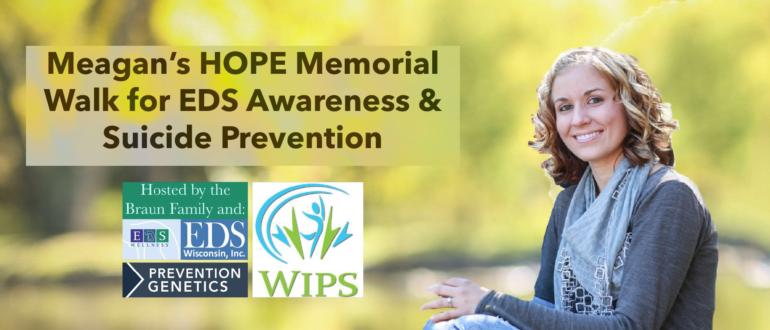Hello, guys! It has been a very, VERY long time since I have written here. There are many reasons in my life why I haven’t been able to share with you for a while, including that my husband and I moved, got a new dog, and started new jobs. For those of you who know me personally, you probably are not surprised I have taken a break from blogging. For those of you who don’t, I’m sorry for the gap there has been in my writing. Please know I have missed being here, missed the chance to share with you, and missed what working with EDS Wisconsin means. Please know that my work here matters so much to me.

So, what brought me back to share four days before my favorite holiday? Pain. I want to write to you, for you, and truthfully almost WITH you because I am in pain.
Most of us with EDS spent a long time being told nothing was wrong with us. We were given a laundry list of things that would make us “better.” For many of us, there was a phrase that sounded something like “it’s all in your head.” For me, it was 13 years from the first time my mom begged a doctor to explain what was happening to me until the day a doctor actually did.
This creates a huge problem for us. We take offense then, later, when someone suggests we might need psychiatric treatment. It makes sense, right? You spent most of your life being told you’re crazy, someone finally tells you that you actually have something wrong with your body, and then they suggest you see a SHRINK? Why on earth would you need psychiatric help if your disease is real? Why would you need someone to “fix your head” if the problem is ACTUALLY in your body.
Well, I have one, huge, giant newsflash for you:
Having an incurable, genetic condition that causes severe chronic pain and usually comes with other conditions with their own symptoms–that causes psychiatric symptoms in itself. You don’t need psychiatric help because you are imagining your pain. You need psychiatric help because you ARE NOT imagining your pain.
I work with a great psychiatrist. I started working with a new one recently because of some trauma I’ve experienced. I knew I needed more help than I was getting where I was going before, so I asked my doctor for a referral to psychiatry. I will never forget explaining EDS to him the first time I met him, though, and the experience I’d had in my childhood with my pain and the doctors and the whole “it’s in your head” thing.
“Of course it’s in your head. That’s where we feel pain. That’s how we feel pain. Without your head, you couldn’t have pain at all.”
I have never, in my life, felt such validation. I think those words are burned in to my brain now. I wish I could go back and hug 13-year old Stephanie against my chest and tell her those words in her ear. I wish I could hug her as she begged her mom to find a doctor who would make the pain stop and not one who would just tell her she’s fat.
There is no cure for EDS. That doesn’t mean you won’t get “better.” It does mean it will always be a part of your life. For some, like me, that means using a wheelchair when I’m only 27. For some, it means not being able to work outside the home. It may mean co-morbid conditions that making eating, drinking, and just existing in the outside world a challenge. For some, all those years of being told it wasn’t real can cause very, very real psychiatric conditions. That does not negate the very real physical part of the condition. It does mean you need help.
I was recently diagnosed with Post-Traumatic Stress Disorder. I’m not going to write about the incident leading to that diagnosis. It’s not relevant to my blog and I’m still learning to cope with it. What I do want to tell you is this:
-My EDS pain is as well-managed as it can be, but for an EDS patient, it is poorly managed. Because of the nature of my pain, I have not responded well to many treatments and we’ve resorted to wheelchairs and other ways to reduce how much I use my body because there simply has been no other successful means of handling my pain.
-When my stress levels are worse, that pain gets EVEN WORSE than it already is. If I rejected the psychiatric help I need, I can’t even imagine what kind of pain I would be in.
-I also find a lot of value in just having someone to talk to who isn’t in my life every single day about the reality of living with EDS. A psychiatrist, psychologist, school counselor, or any mental health professional can let you talk about everything in your life that’s bothering you without it becoming a self-centered nightmare like it would if you spent an hour with a friend in the same way.
-I highly recommend signing a disclosure agreement that lets your pain doctor work with your psychiatrist. My experience having these two work together has improved my quality of life. I’m not your doctor–but these people would be. Let them help you.
At the end of the day, my point is this: stop being offended at the suggestion of mental health care after an EDS diagnosis. Nobody is saying you are crazy. I’ve written about the “mental whiplash” of thinking you are imagining it and then finding out you have EDS before; any person who has experienced that PROBABLY needs help from a mental health provider.
I reject the notion that it makes you weak to need mental health assistance. In fact, the day I called the clinic and said, “I really need help and I need it as soon as you can give it to me” took some of the greatest strength I possess. There is so much strength in acknowledging your weakness.
Every EDS patient is amazingly strong. Don’t you dare let anyone tell you otherwise–but also, don’t let that strength scare you away from asking for help.

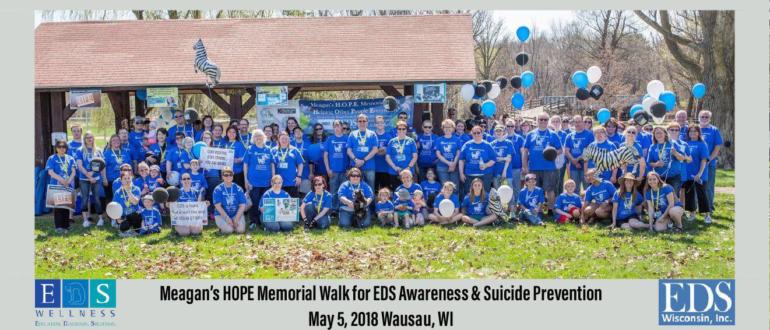
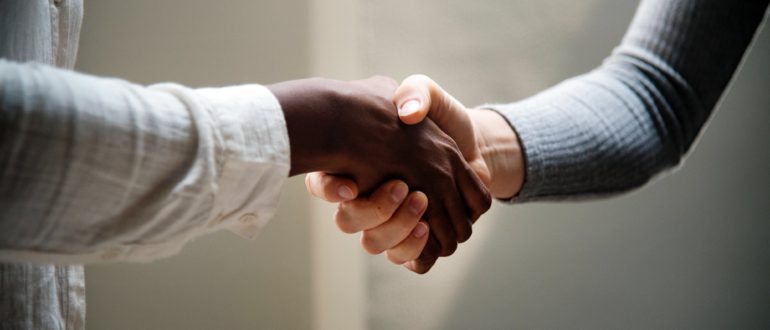
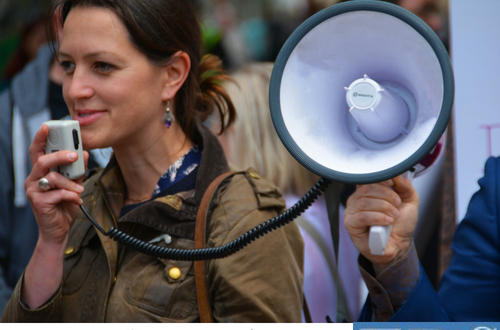


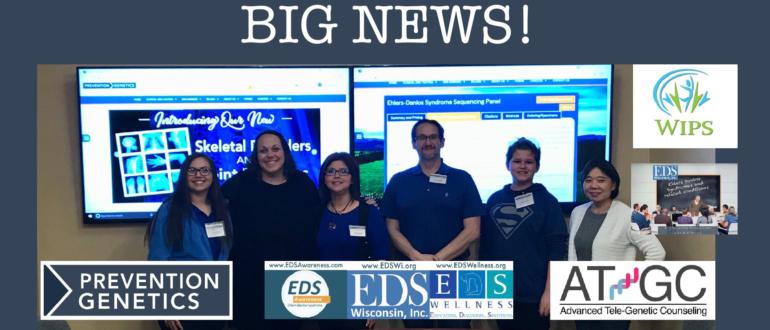
 at means we are celebrating all things mom. Here at EDS Wisconsin, many of us have shared and sought feedback about what our moms were like, what it means to be a mom to an EDS kid, and what Mother’s Day means to us. I asked my mom, Janell Armstrong, a few questions this morning and if I could write about her in my blog—mostly because I remember vividly what dealing with my health was like as a child and now that I’m 27, I wanted to hear what that was like from her perspective. So, I asked my mom the hardest part of raising a child who was clearly ill with SOMETHING but un-diagnosed. Then, I asked my mom the hardest part about having a child get diagnosed with an incurable condition at 25—and changing all of those things that happened in my youth.
at means we are celebrating all things mom. Here at EDS Wisconsin, many of us have shared and sought feedback about what our moms were like, what it means to be a mom to an EDS kid, and what Mother’s Day means to us. I asked my mom, Janell Armstrong, a few questions this morning and if I could write about her in my blog—mostly because I remember vividly what dealing with my health was like as a child and now that I’m 27, I wanted to hear what that was like from her perspective. So, I asked my mom the hardest part of raising a child who was clearly ill with SOMETHING but un-diagnosed. Then, I asked my mom the hardest part about having a child get diagnosed with an incurable condition at 25—and changing all of those things that happened in my youth.

 Love you, Mom.
Love you, Mom.